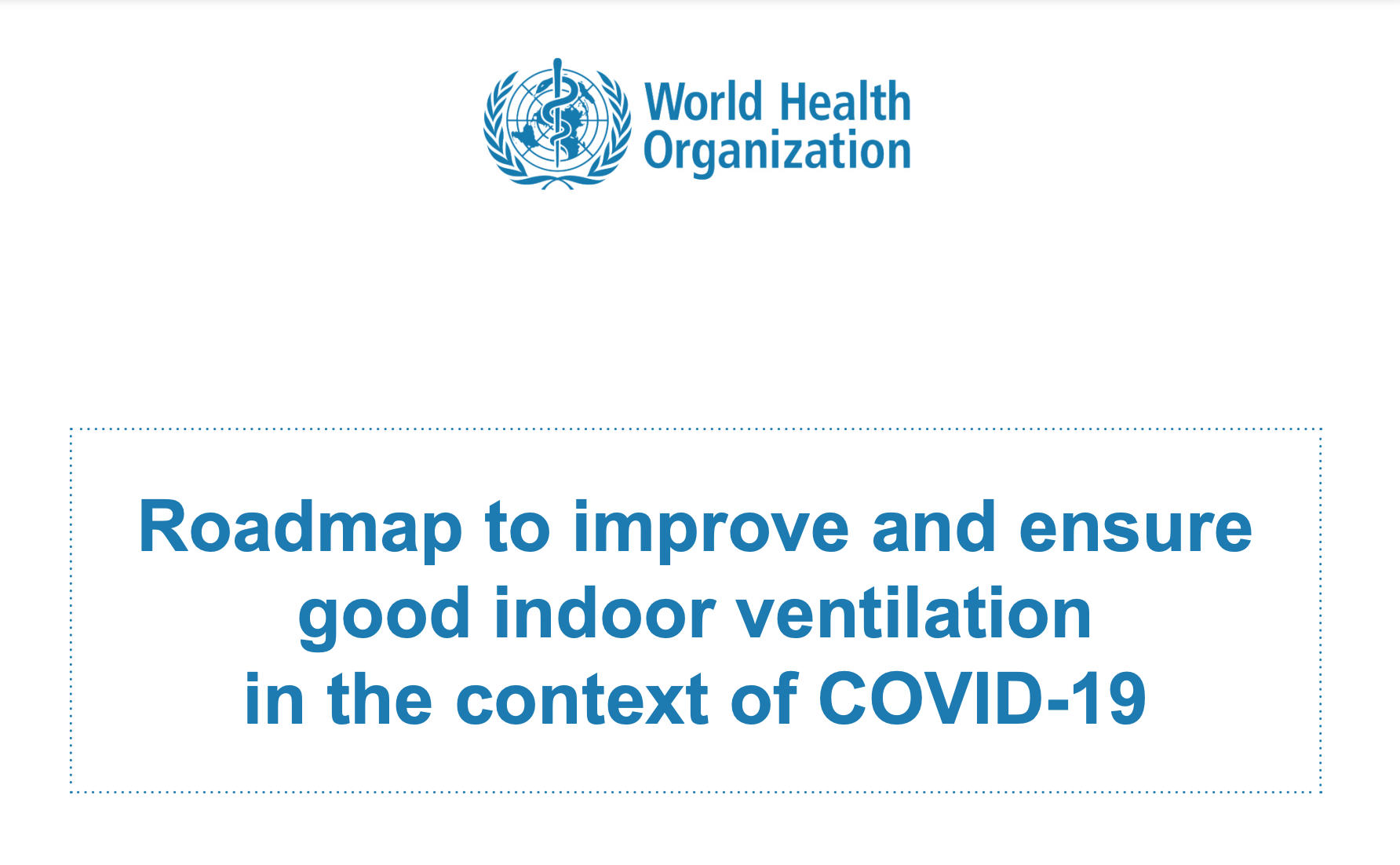Canada - Proposed Residential Indoor Air Quality Guidelines for Carbon Dioxide
The document proposes a long-term exposure limit of 1000 ppm (based on a 24-hour average) to protect against increased risk of symptoms including eye irritation, rhinitis, headaches and tiredness, as well as decreased performance on tasks and tests. Levels of CO2 in Canadian homes may be above the long-term exposure limit, and accordingly, Health Canada recommends that individuals take actions to reduce indoor levels of CO2 by ensuring adequate ventilation and controlling indoor sources.
Background
Carbon dioxide is an odourless, colourless, and non-flammable gas; the main source of CO2 indoors is from the respiration of occupants. Indoor CO2 concentrations are often used as a surrogate for ventilation rate and as an indicator of general indoor air quality. The Residential Indoor Air Quality Guidelines (RIAQG) are intended to provide a recommended long-term indoor air exposure limit for CO2 which would indicate adequate ventilation as well as minimize risks to human health from CO2 and other indoor air pollutants.
The guideline document also shows that levels in some Canadian homes may exceed the recommended exposure limit, and recommends various risk mitigation measures to improve general indoor air quality and reduce exposure to CO2.
You can read more here: https://www.canada.ca/en/health-canada/services/publications/healthy-living/residential-indoor-air-quality-guidelines-carbon-dioxide.html





